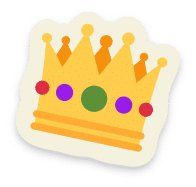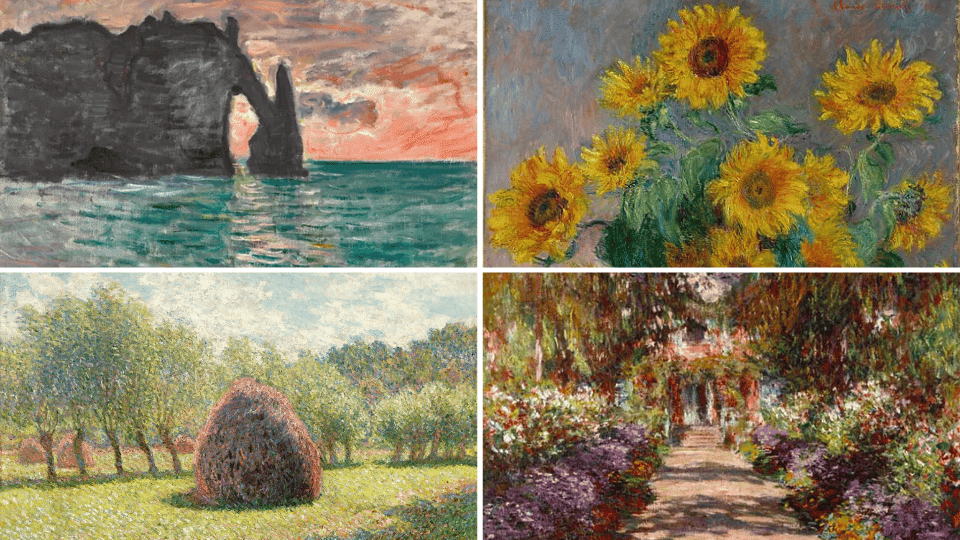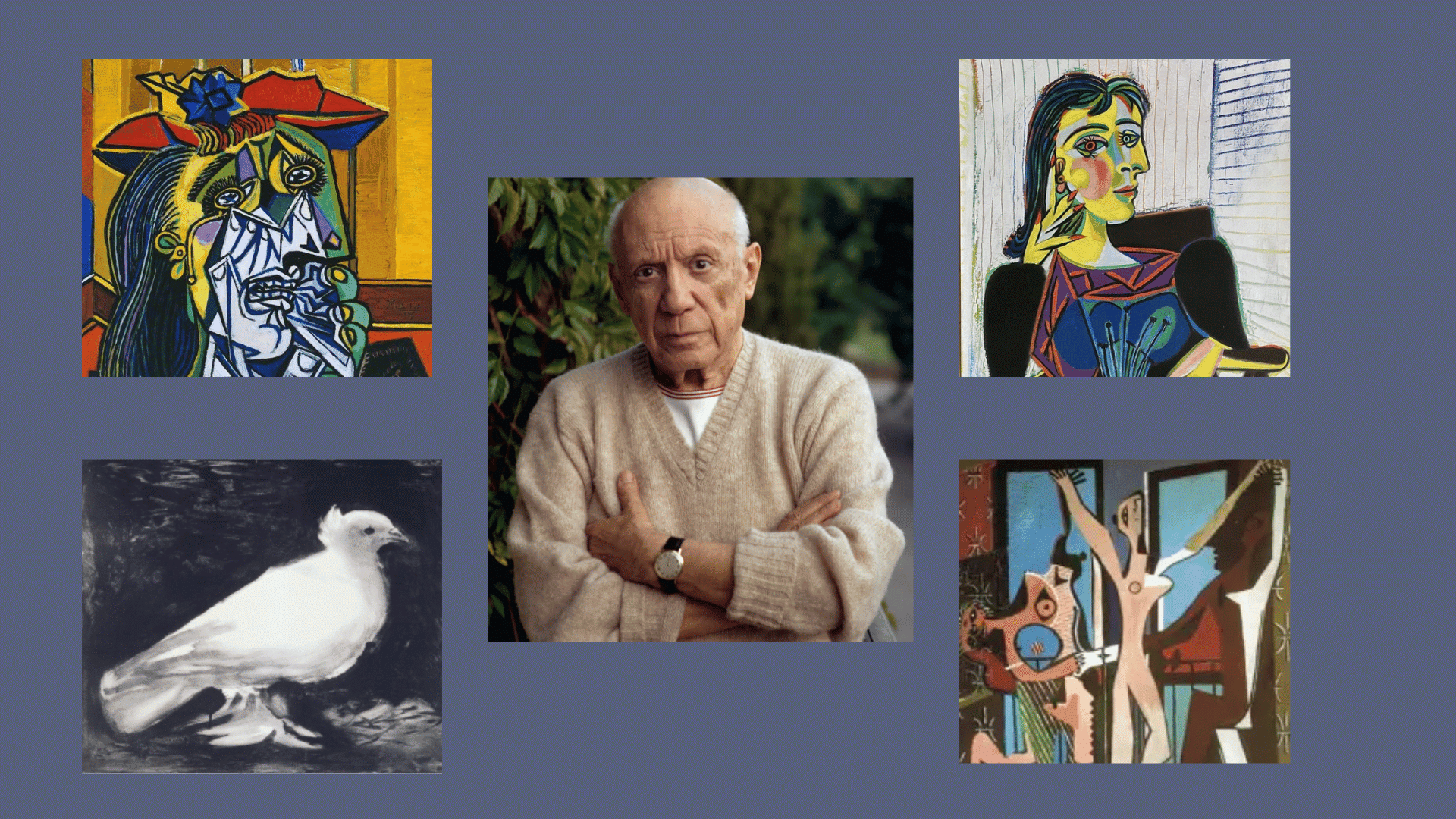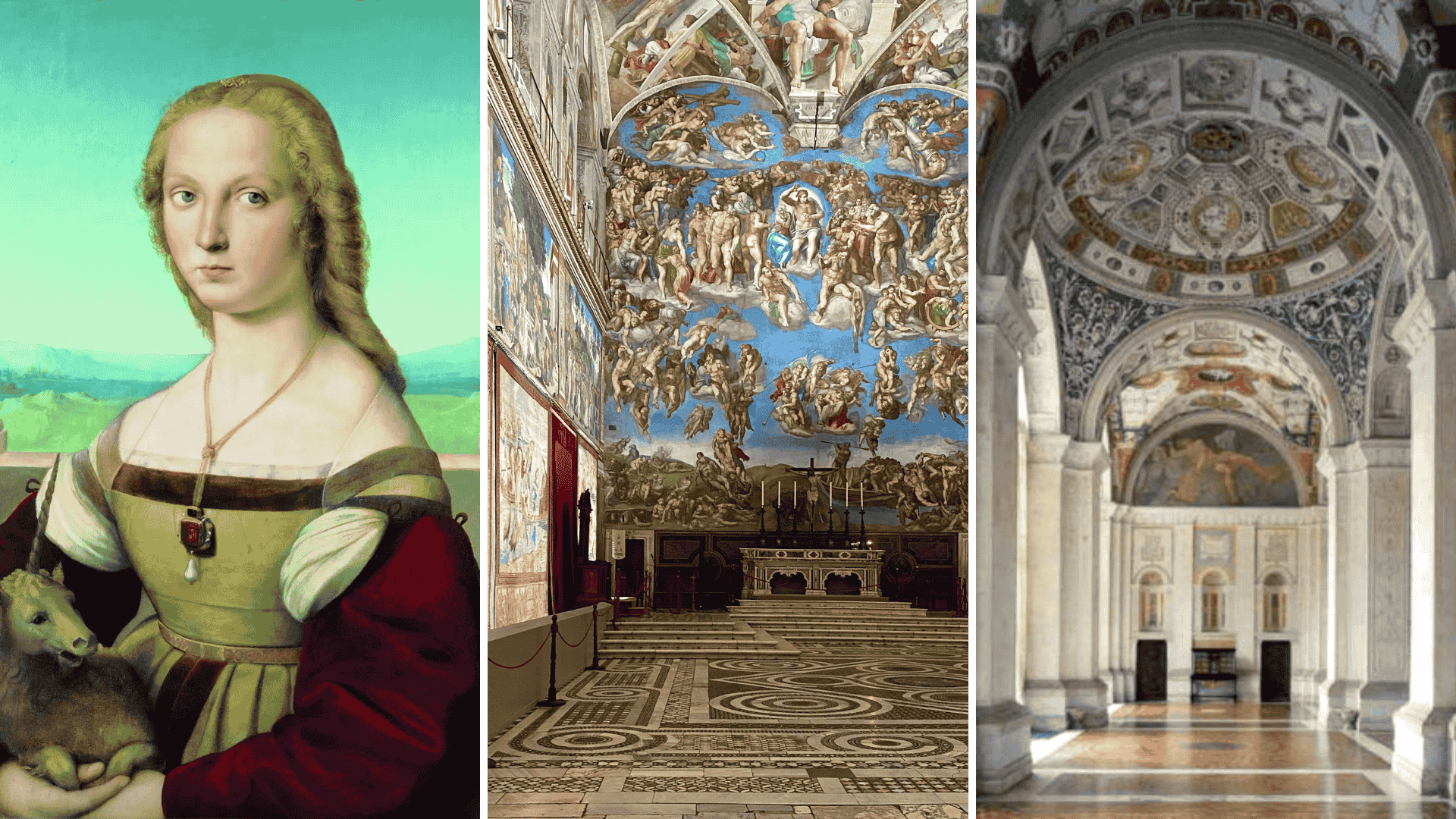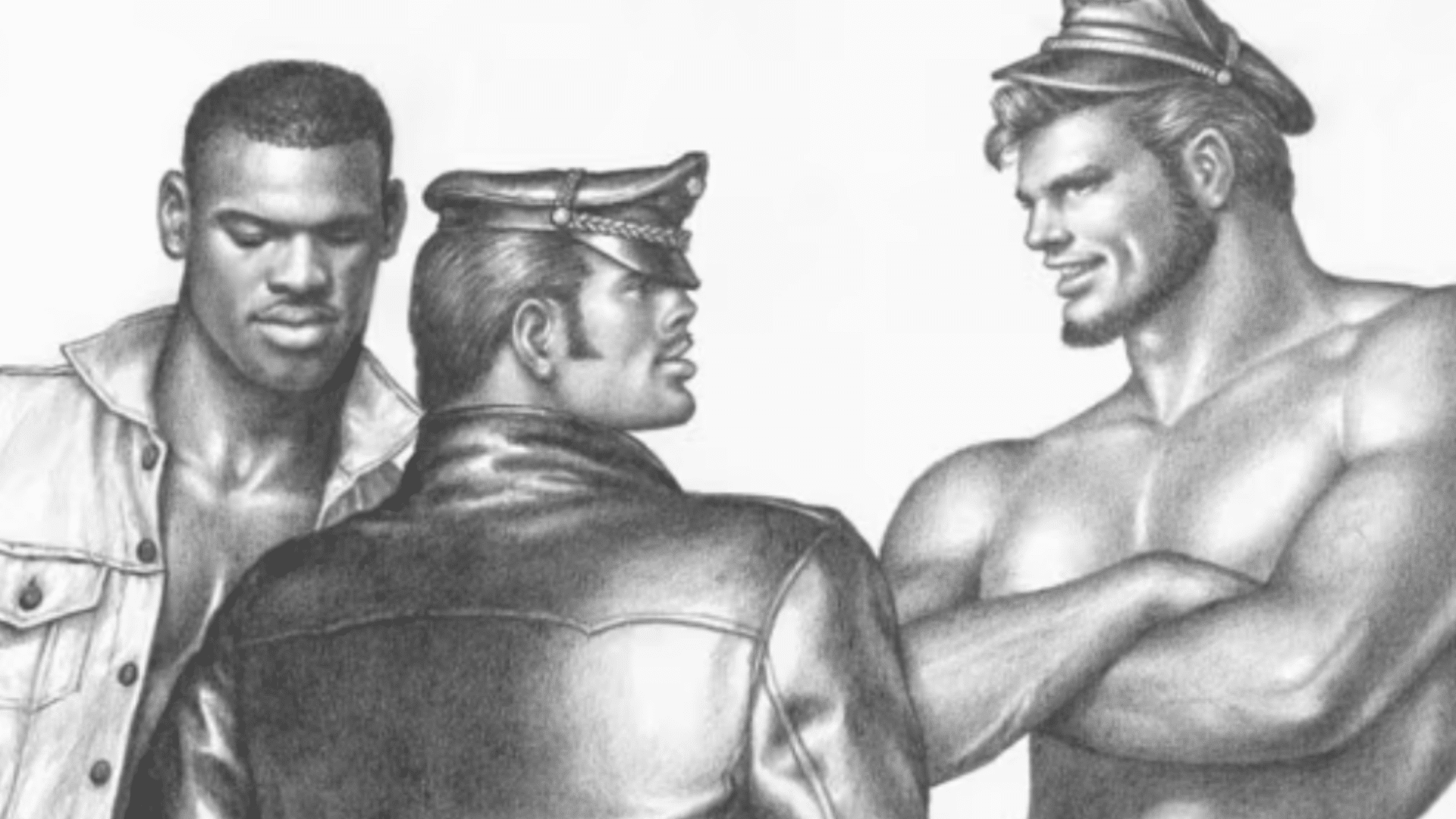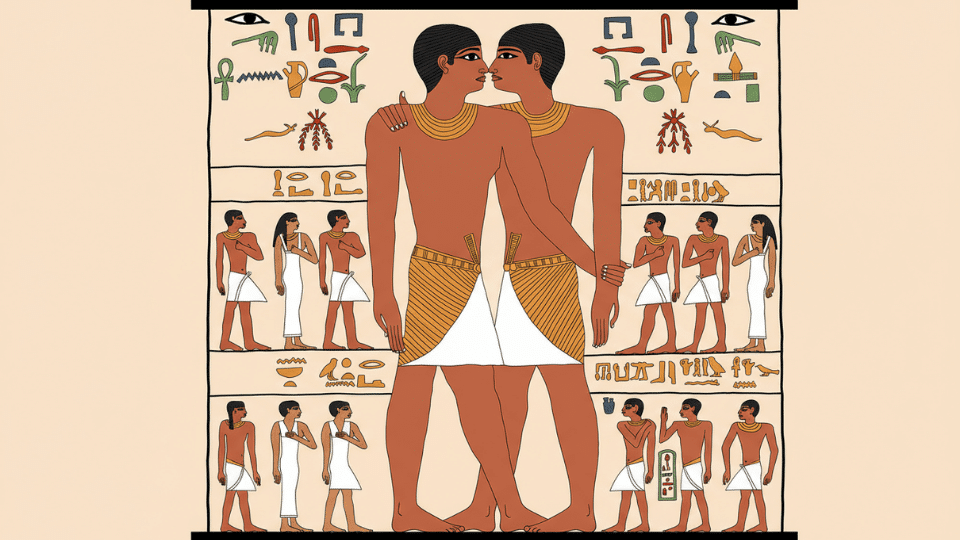Imagine holding a soft brush with dark ink, ready to create something magical on white paper.
With one stroke, you could paint a bird in flight or a mountain peak touching clouds. This is a Chinese ink painting, where artists have been creating masterpieces for centuries using simple tools.
With every bold, irreversible stroke, ink painting proves that true artistry lies not in excess, but in the power of simplicity and soul.
Master artists can paint an entire landscape in just 15 minutes, but it takes decades to learn the skill! Ready to learn how a simple brush and ink can create pure magic?
What is Chinese Ink Painting?
Chinese ink painting is a traditional art form that uses black ink mixed with water to create beautiful images. Artists use special brushes to paint on rice paper or silk, making different shades by adding more or less water to the ink.
Unlike Western paintings that focus on making things look exactly real, Chinese ink paintings try to capture the “spirit” or feeling of what they’re painting.
These paintings often show nature scenes like mountains, trees, and birds. Artists leave empty white spaces on purpose, which makes viewers use their imagination.
The brushstrokes are very important – each line shows the artist’s skill and emotion. Many paintings also include poetry written in beautiful Chinese characters, combining art and writing together.
The Rich History of Chinese Ink Painting
Chinese ink painting has a long and fascinating history that spans over 1,000 years. This art form grew and changed through different dynasties, with each period adding its own special style.
| DYNASTY | TIME PERIOD | KEY DEVELOPMENTS |
|---|---|---|
| Tang Dynasty | 618-907 | Artists like Wu Daozi started using only black ink instead of colors. This was the beginning of true ink painting. |
| Song Dynasty | 960-1279 | Known as the “golden age” of landscape painting. Artists painted detailed landscapes, including mountains and rivers, known as “shanshui.” |
| Yuan Dynasty | 1271-1368 | Scholar-artists began painting for personal expression rather than just decoration. They valued simplicity and natural brushstrokes. |
| Ming & Qing | 1368-1912 | Artists developed different regional styles. Some focused on detailed brushwork while others created bold, individual approaches. |
Each dynasty contributed unique techniques and ideas that shaped this beautiful art form. Today, Chinese ink painting continues to inspire artists around the world.
Essential Techniques and Styles
Chinese ink painting uses two main styles that create completely different effects. Artists also master special brush techniques to bring their paintings to life.
1. Gongbi : Meticulous Painting
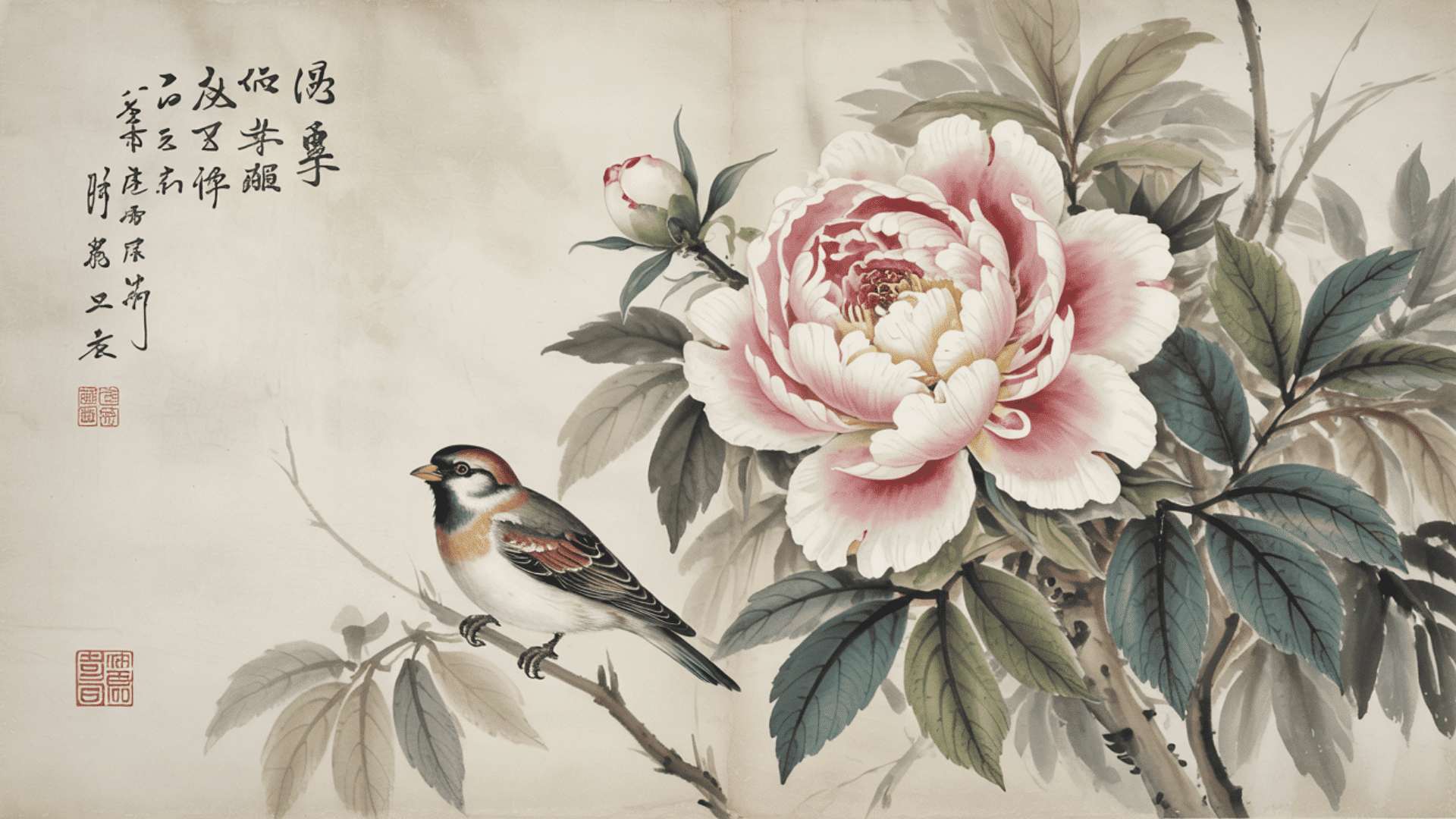
With its dainty lines and layered colors, this style shines as a testament to patience and precision, art that feels both refined and timeless.
2. Xieyi : Freehand Style
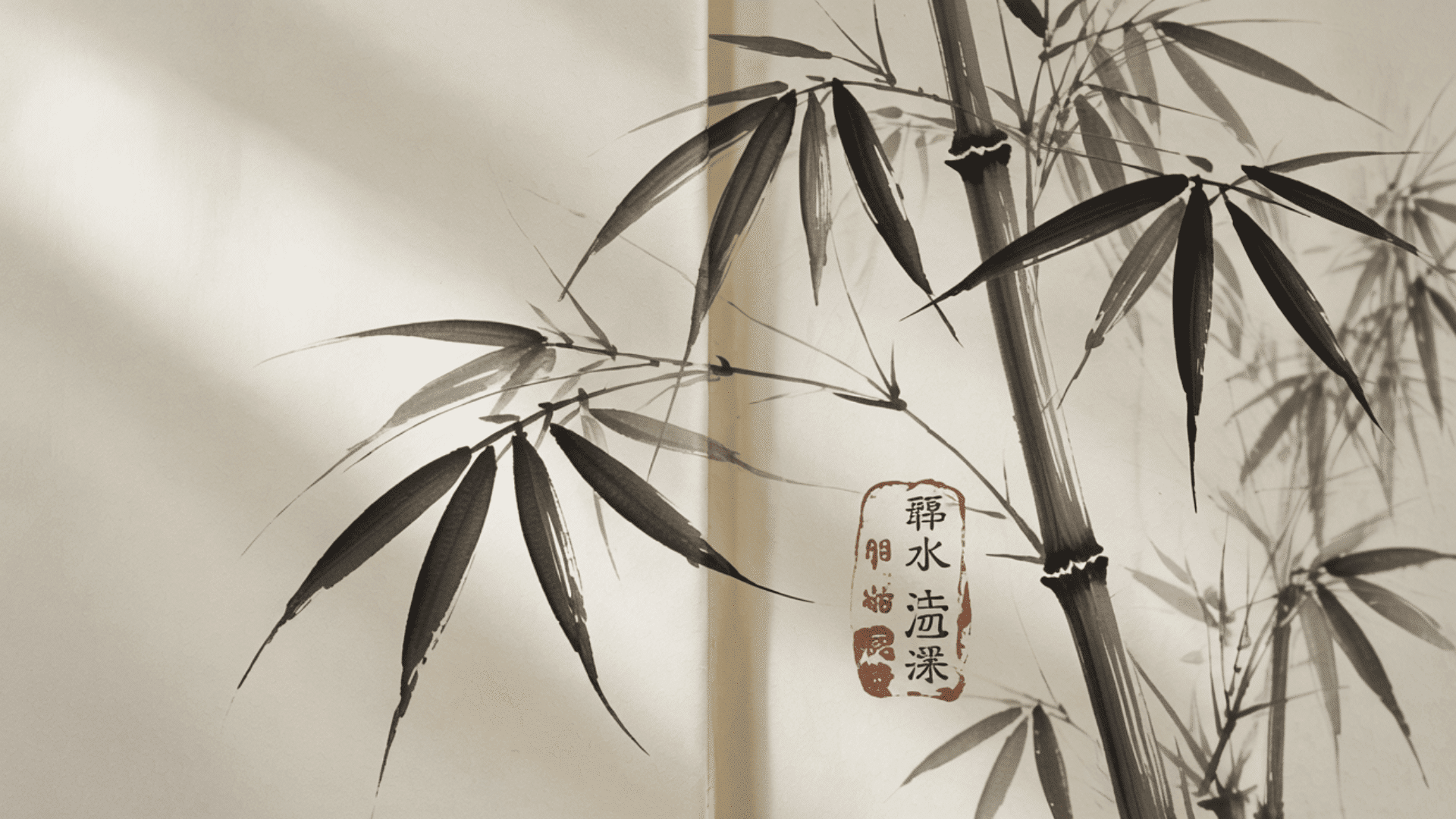
This loose, expressive style captures feelings rather than perfect details. Artists use quick, bold brushstrokes and let ink flow naturally on the paper. It takes years of practice to master the “easy” style look.
3. Fundamental Brush Techniques

Master’s uses five different ink shades, ranging from dark to light. They create textures with special strokes like “axe-cut” for the Rocky Mountains. The wet-on-wet technique makes beautiful, soft effects when ink bleeds into damp paper.
These techniques give artists the tools to create everything from detailed flowers to misty mountain landscapes. Learning these basics helps artists develop their own personal painting style.
Materials and Tools: The Four Treasures of the Study
Chinese ink painters use special tools called the “Four Treasures of the Study.” These basic materials have been used for hundreds of years to create beautiful artwork.
| TOOL | CHINESE NAME | DESCRIPTION | HOW IT’S USED |
|---|---|---|---|
| Brush | 筆 (bǐ) | Made with bamboo handles and soft animal hair from goats, cattle, or horses | Hold upright with gentle grip. Load with ink but don’t let it drip. |
| Ink | 墨 (mò) | Ground from solid ink sticks made of pine soot and animal glue | Mix with water on inkstone to make different shades from light to dark. |
| Paper | 紙 (zhǐ) | Special Xuan paper that soaks up ink well. Two types: raw and cooked | Raw paper spreads ink for loose style. Cooked paper controls ink for detailed work. |
| Inkstone | 硯 (yàn) | Smooth stone surface for grinding ink and holding liquid ink | Grind ink stick with water to make fresh ink for painting. |
Good posture and proper brush handling are just as important as having the right tools. With practice, these simple materials can create amazing works of art.
Major Themes and Subjects
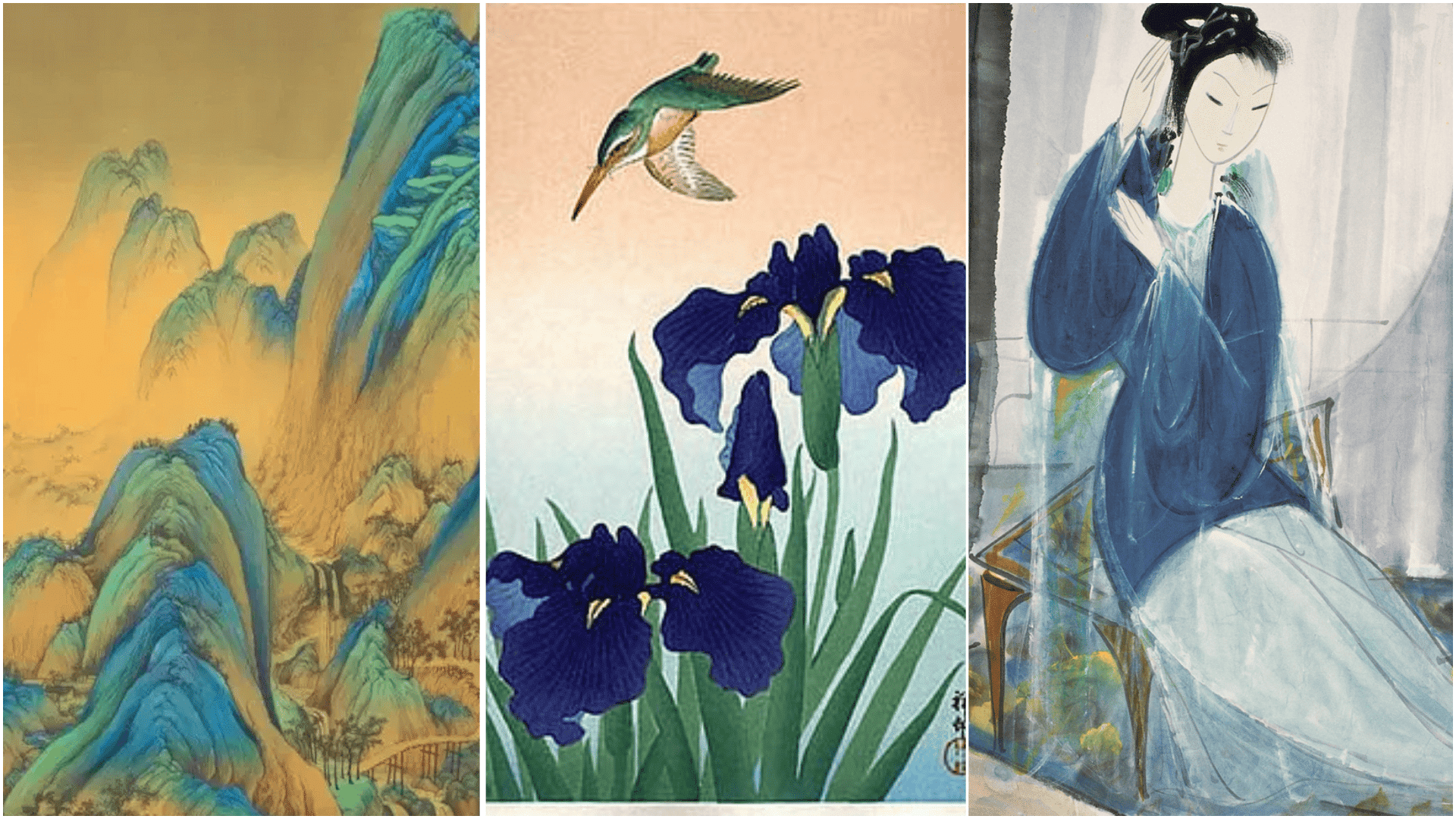
Chinese ink painters focus on three main subjects that hold deep meaning in their culture. Each theme connects art with nature, spirituality, and human life.
1. Landscape Painting (Shanshui)
Mountains and water scenes are considered the most important type of Chinese painting. Artists try to capture nature’s “rhythm” and energy, not just how it looks.
Famous works like “A Thousand Miles of Rivers and Mountains” feature misty peaks and flowing rivers, evoking a peaceful atmosphere in viewers.
2. Flora and Fauna
Bird and flower paintings, known as “Huaniao,” are very popular in Chinese art. Different animals and plants have special meanings; bamboo represents strength, plum blossoms signify hope, and cranes symbolize longevity.
Artists often paint seasonal scenes to show how nature changes throughout the year.
3. Figure Painting
People appear in Chinese ink paintings as portraits, religious figures, or characters from old stories. Court artists painted emperors and nobles, while others showed wise scholars reading books.
These paintings often teach moral lessons or tell important tales from Chinese history and mythology.
These three subjects let artists explore both the outer world of nature and the inner world of human feelings. Together, they create a complete picture of life in traditional Chinese culture.
Master Artists Through the Ages
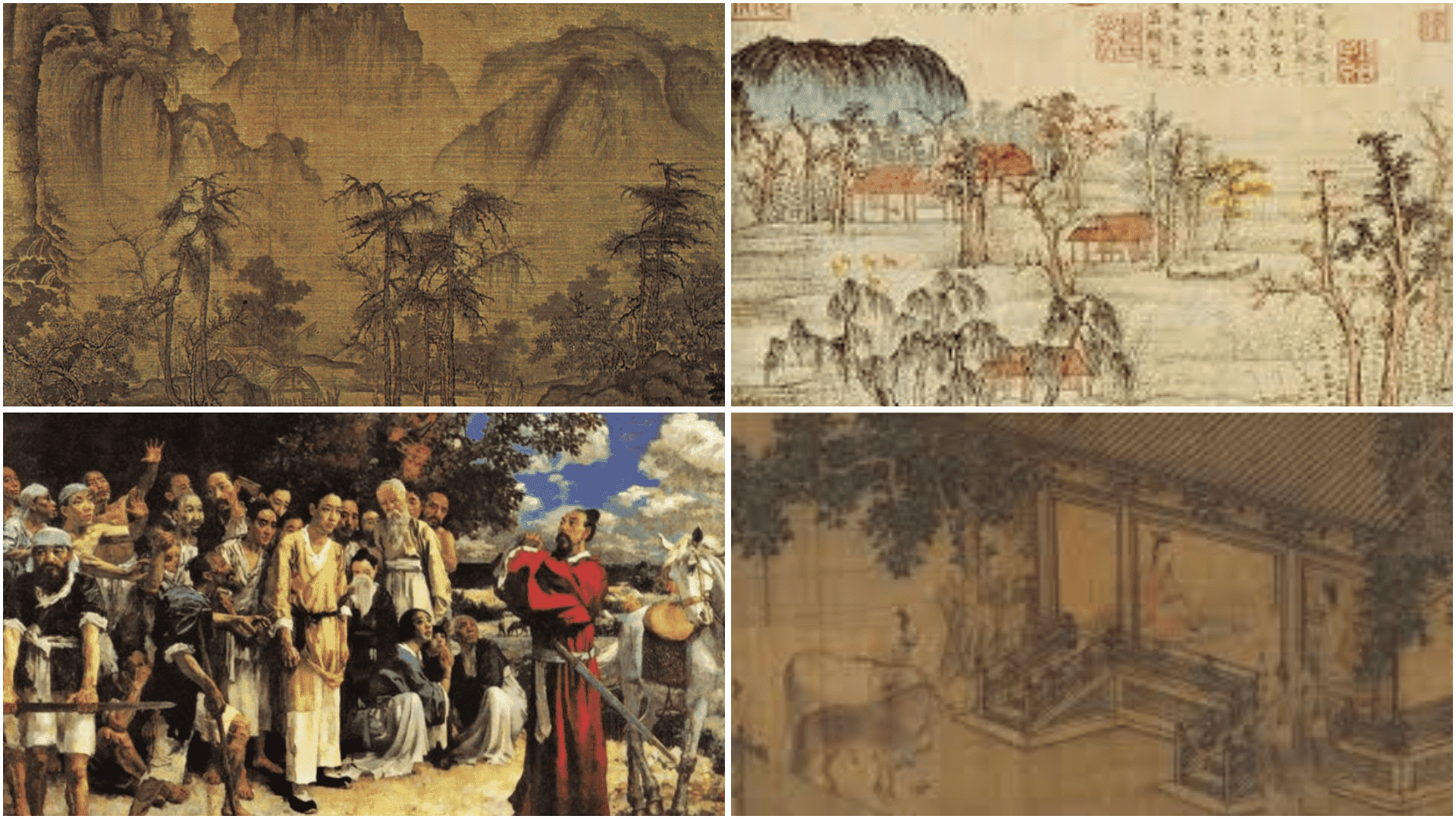
Throughout Chinese history, talented artists have pushed ink painting to new heights. These masters developed techniques and styles that continue to inspire painters today.
- Guo Xi (Song Dynasty): Famous for his masterpiece “Early Spring,” painted in 1072, he perfected the art of layered ink washes that created depth and atmosphere in mountain landscapes.
- Li Tang (Song Dynasty): Developed the bold “axe-cut” brushstroke technique that made rocky surfaces look rough and realistic, influencing countless artists who came after him.
- Zhao Mengfu (Yuan Dynasty): A scholar-artist who broke away from court painting traditions and created more personal, expressive works that emphasized simplicity and natural beauty.
- Xu Beihong (Modern Era): Combined traditional Chinese ink techniques with Western painting ideas, creating powerful works that brought ancient art into the modern world.
- Zhang Daqian (Modern Era): Invented the exciting “splash-ink” style, where he poured and splattered ink to create dramatic, spontaneous effects that amazed viewers worldwide.
These artists didn’t just copy old methods; they invented new ways to use ink and brush. Their creativity and skill continue to influence Chinese ink painting around the world today.
Chinese Ink Painting in the Modern Era
Chinese ink painting has undergone significant changes in recent times while retaining its traditional roots. Modern artists have found creative ways to blend old techniques with new ideas.
Blending tradition with modern influences, 1900s Chinese art became a powerful reflection of resilience, culture, and evolving identity.
Modern ink painting proves that tradition and innovation can flow together, bridging centuries of artistry with fresh, creative energy.
Museums and galleries worldwide display Chinese ink paintings, showcasing this beautiful art form globally. Modern artists face the challenge of preserving the spiritual core of traditional painting while making it relevant today.
Cultural Significance and Philosophy
Chinese ink painting is much more than just pretty pictures – it’s deeply connected to Chinese philosophy and spiritual beliefs. This art form reflects the Chinese people’s perspective on life, nature, and the human spirit.
Together, these philosophies turn ink painting into more than art; it becomes a window into wisdom, spirit, and the essence of life itself.
Chinese scholars believed in mastering three skills known as the “Three Perfections”: painting, poetry, and calligraphy. They often combined all three in one artwork, making paintings that you could read and admire at the same time.
Every brush and symbol in Chinese ink painting whispers timeless lessons, strength, hope, and the beauty woven into life’s seasons.
Final Brushstroke
Now you’ve found Chinese ink painting, a beautiful art form loved for over 1,000 years, from Tang Dynasty masters to modern artists.
You’ve learned about the “Four Treasures of the Study,” explored various styles, and seen how artists use simple black ink to create universes on paper.
Chinese ink painting shows us that with just a brush, ink, and heart, artists can turn simplicity into timeless worlds of beauty.
Chinese ink painting proves that the most powerful art often comes from the simplest tools. If you’re 8 or 80, it’s never too late to pick up a brush and start your own artistic venture.
Ready to make your mark? Grab a brush and let your creativity flow like ink on paper!


